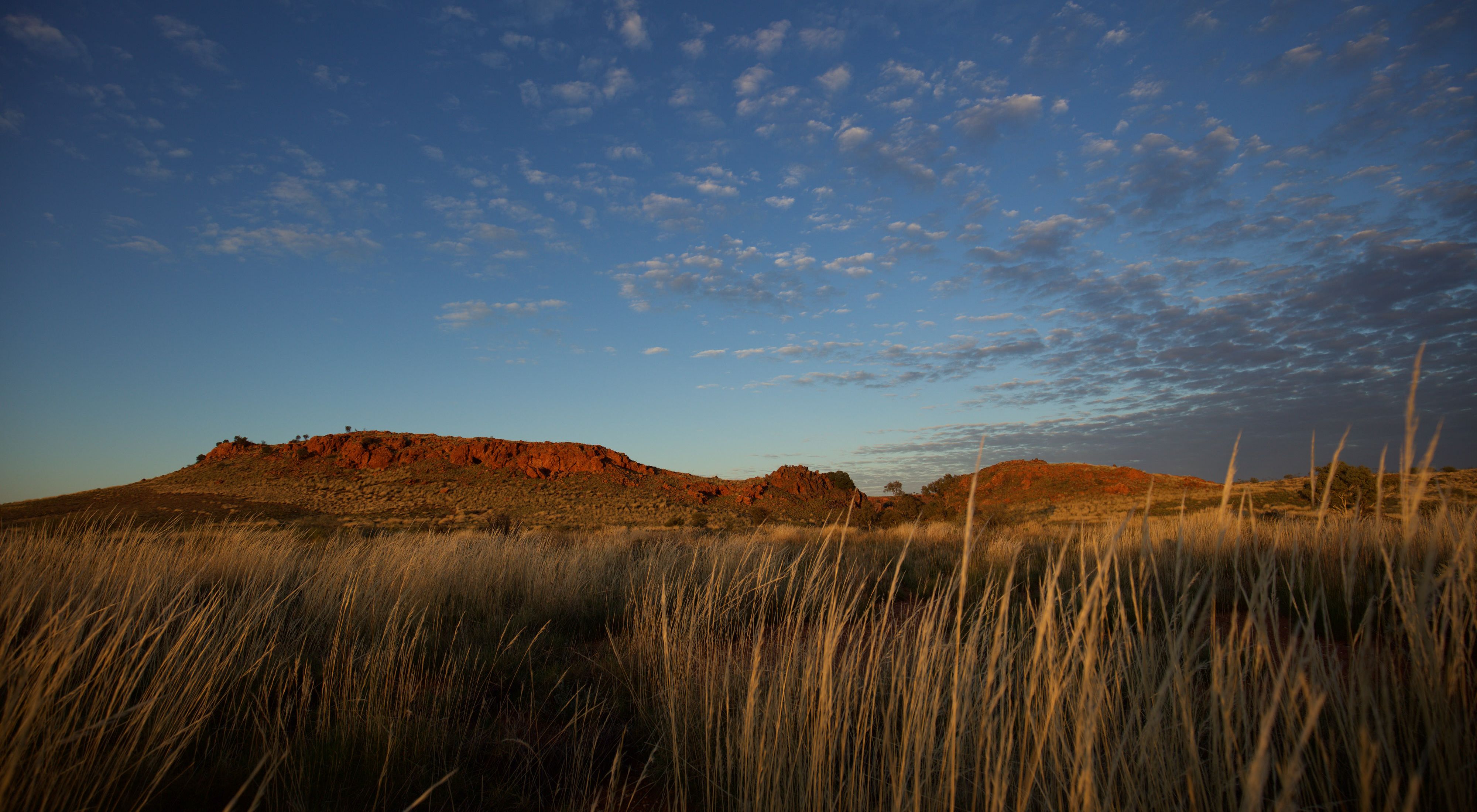In Action: Australia's Commitment to 30x30
30x30 isn't just essential conservation, it's imperative policy.
TNC in Australia
Keep up to date on what TNC is doing in Australia by visiting natureaustralia.org.au.
learn moreLeading the Way to 30x30
Australia is a continent like no other. Its vast landscapes range from dense tropical rainforests to arid deserts, and the diversity of its plant and animal species is like nowhere else on earth. But this unique and ancient land is under threat. Its wild places are being lost to expanding agriculture and urban development, and its wildlife continues to be threatened by land clearing, degradation and invasive introduced species.
Australia has long been a leader in land conservation, and in December 2022 the Australian Government joined 195 other nations in signing on to the Global Biodiversity Framework, as part of its commitments to the Convention on Biological Diversity. A headline target of GBF is to protect at least 30% of the world’s land, freshwater and ocean ecosystems by 2030 (‘30x30’) – a target both the Australian Federal government and state and territory governments have committed to domestically. Its native grasslands, grassy woodlands and wetlands have been largely replaced by agriculture and urban development but those that remain provide stunning displays of wildflowers and habitat for unique mammals, birds, reptiles and frogs. They continue to be threatened by land clearing, degradation and, in the case of wetlands, draining. In response, the Australian government is taking several landscape-scale actions.
In July 2022, Australia's Environment Minister Tanya Plibersek firmly committed Australia to the protection 30% of lands and 30% of oceans by 2030. Later that year in December, 190 countries came together at the 2022 Kunming-Montreal Global Biodiversity Framework to officially adopt a sweeping agreement to commit to the 30x30 goal.

A Pathway to 30x30
Achieving 30x30 within Australia is ambitious, but it is achievable.
TNC has worked alongside government and conservation partners every step of the way, and in November 2023 released Pathways to 30x30, a roadmap outlining how Australia can meet the land protection components of its 30x30 commitments.
Led by scientists and policy experts from The Nature Conservancy, WWF-Australia, the Australian Land Conservation Alliance and the Pew Charitable Trusts, the report makes four key recommendations to government:
- Establish a new dedicated $5 billion fund for the purchase of land of high biodiversity importance to create new public, private or Indigenous protected areas.
- Rebuild federal, state and territory governments’ capacity and continue to support the creation of new Indigenous Protected Areas (IPAs) and secure long-term funding for IPA management
- Increased support for the uptake of permanent conservation covenants on private lands, particularly in under-represented bioregions and ecosystems
- Systematically review public land for opportunities for new protected areas, taking into consideration ecosystem, carbon and water protections
Quote: Dr James Fitzsimons
Getting to 30x30 is ambitious but achievable. Australia has all the tools in the toolkit to get there but a focused investment in those tools is urgently needed
A Model in Expanding Protected Areas
While national parks and nature reserves on public land are most common, Australia has pioneered several other approaches to land conservation. Indigenous Protected Areas (IPAs) are managed for nature and cultural outcomes through voluntary agreements between Indigenous landowners and the Australian Government. Currently, over 80 IPAs cover over 74 million hectares, comprising almost half of protected land in the country.
Australia’s network of privately protected areas is one of the largest in the world. It includes conservation covenants - permanent agreements with individual landholders - as well as land owned by conservation land trusts. As so many of Australia’s threatened ecosystems and threatened species live largely on private land, these approaches will have an increasingly important role.

Historic Land Protection: Protecting the Wetlands of Brindingabba
According to the United Nations, although wetlands only make up approximately six percent of the Earth’s surface, 40 percent of all flora and fauna species live or breed in these ecosystems. Wetlands are among the most productive and biologically diverse ecosystems on the planet. They’re crucial for water filtration, food security, carbon storage and stormwater storage. Sadly, wetlands are disappearing at a faster rate than forests.
In mid-2022, TNC partnered with the NSW Government to support the purchase of the Brindingabba and Brinda Stations in an effort to protect their vital ecosystems and contribute to landscape-scale conservation initiatives. These landscapes are home to an array of precious wildlife and unique ecosystems.
Following this acquisition, TNC also worked with the NSW Government to create Brindingabba National Park, securing almost 34,000 hectares of nationally significant wetlands in perpetuity and contributing to large-scale conservation outcomes.
Since then, TNC has supported the acquisition of the neighboring Comeroo Station, adding another 37,000 hectares of high conservation value land to the national park estate and building connectivity with Brindingabba National Park and a number of private protected areas in the region.
Quote: Dr. James Fitzsimons
A strong 30 by 30 commitment is paramount to tackle the growing loss of ecosystems and species, and preserve the critical role they play in carbon storage, water quality and food provision.






